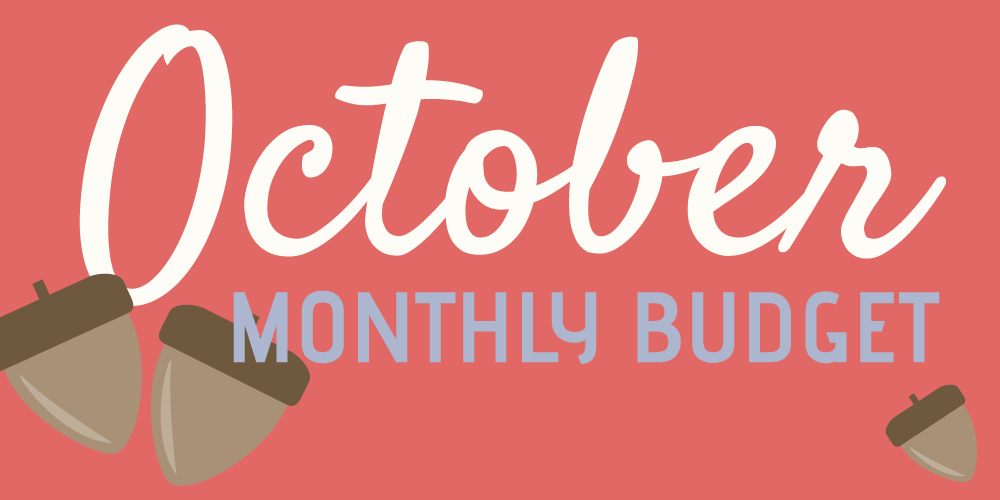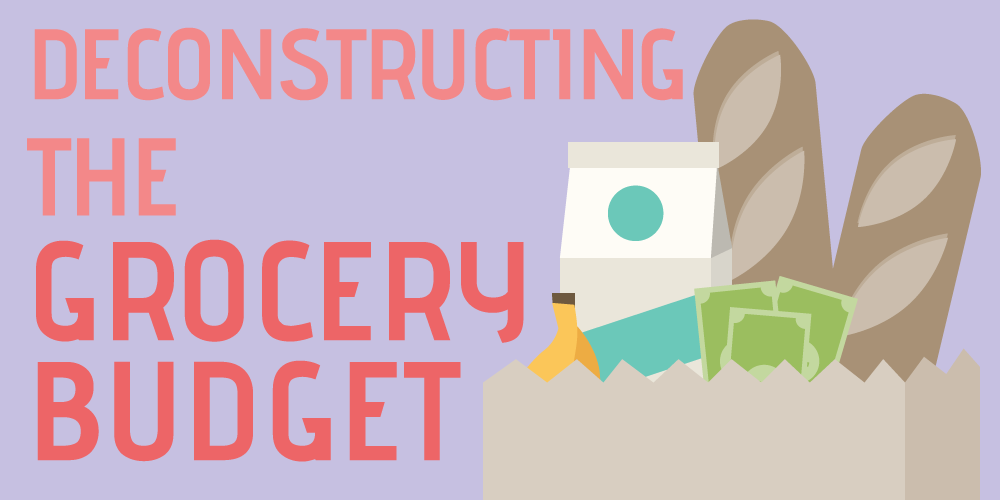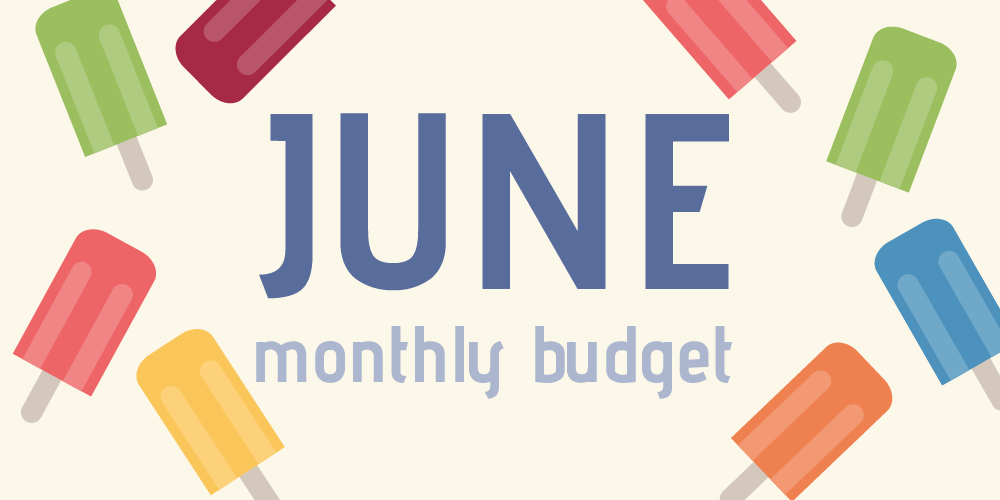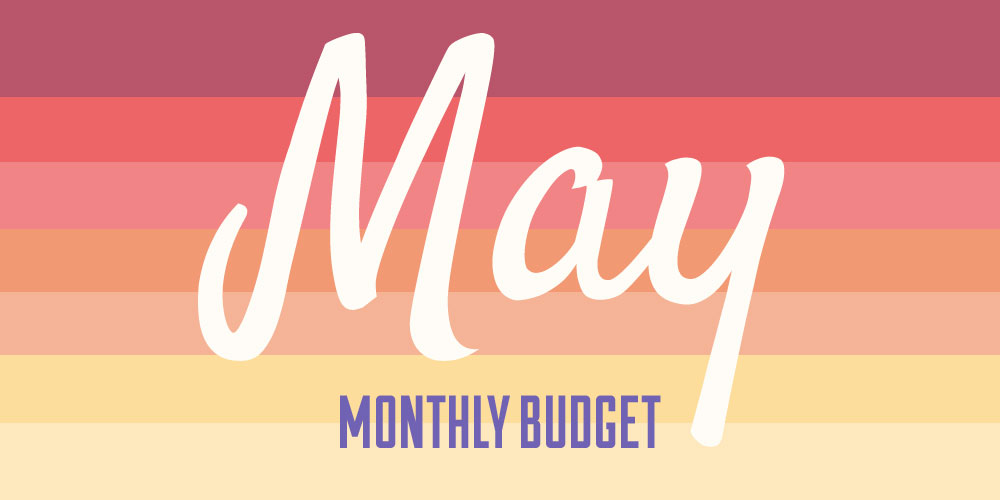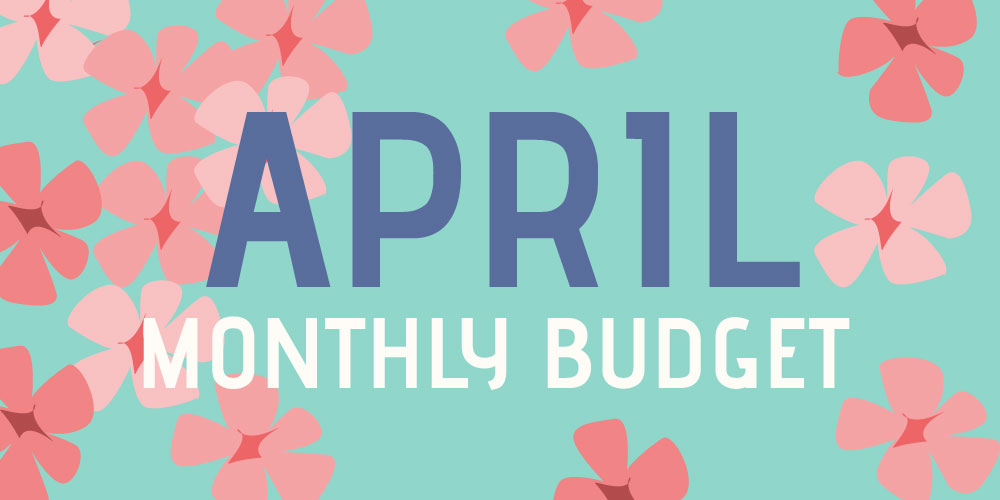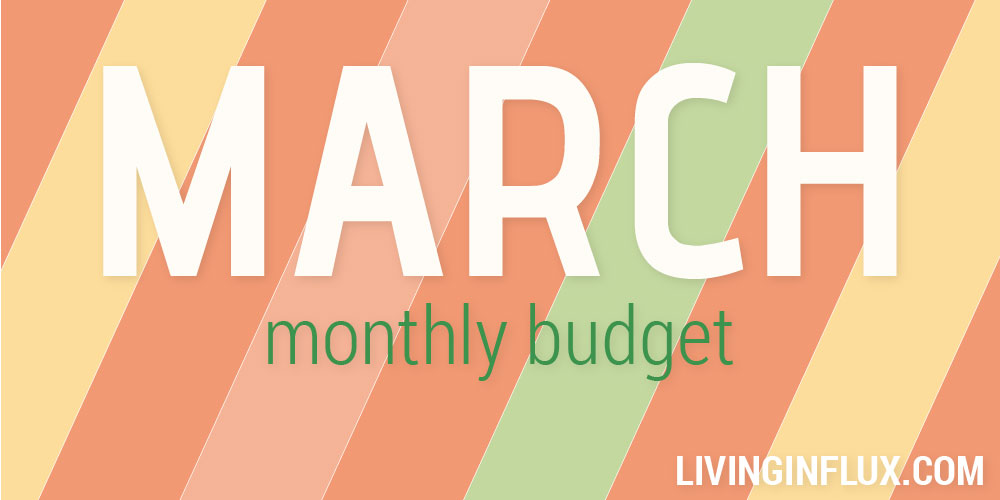As I mentioned in my last post, I got married a couple of months ago! What a whirlwind that was! I’ll be posting about our budget and spending for the wedding in a little bit, but I wanted to talk a little bit about how our finances (and financial tracking) have changed since we tied the knot and decided to jump into combining finances with each other.
Before I continue, I do want to note that every situation is different. What works for us might not work for you and vice versa. Finances, especially when it comes to couples combining finances, are very personal and should be tailored to fit your individual needs.
Before combining finances: Separate accounts and separate budgets
Before we got married, our finances looked a bit like this:
- Separate Accounts – We maintained completely separate bank accounts. We discussed how much we each had, but we never comingled funds.
- Shared Expenses Split 50/50 – Anything that was a shared expense was split 50/50. There are a bunch of ways you can slice and dice money when you live with a significant other. We don’t have similar incomes, but we also don’t have similar debt levels. Richard earns less but has zero debt. I earn more, but still have my student loans. It worked out pretty well for us to split our shared expenses mostly 50/50 and the “extra” money I earned (when compared to Richard’s income) went to my student loans.
- Separate Tracking – We both maintained separate Mint accounts. I would go back every month and make sure that my spending categories were displaying correctly. Since Richard would pay for some things and I would pay for some things, this was a way for me to accurately show how my spending was happening across categories.
- Separate Goals – As I’ve talked about at length on this blog, I’ve had a goal to pay off my student loans by the time I turn 30. Achieving that goal probably isn’t going to happen, considering I have only 2 months left and $27,000 to go. In addition to that goal, I’ve also set savings percentage goals for myself as well as goals around my emergency fund. Before we married, Richard’s goals were less rigorous and defined.
After combining finances: Still mostly separate accounts, but combined budget
We could have made some changes to our personal budgets and accounts prior to getting married. We know plenty of people choose to combine their finances are different points in their relationship – when they move in, when they get engaged, when they get married or never!
We kept things separate until we got married for a couple of reasons. Firstly, I’ve been working towards my big bag student loan goal for a while. Secondly, lack of need. Honestly, we didn’t really see any reason to do it. We decided to combine our finances when we got married because we knew we would be receiving monetary gifts from people and wanted to put those deposits in a shared account and because it would hopefully make things easier from a moving perspective. We’re still not sure what my job situation will be when we move, so we wanted to prepare ourselves to be a one income household.
Here’s how we have things set up now:
- Mostly separate accounts with a few joint accounts – We opened two joint accounts – savings and checking. We are still working to figure out how we’ll use the joint accounts, since we aren’t planning to get rid of our separate accounts, but for now we’re able to put joint money into them.
- Shared tracking – I track all of my spending in Mint. I’ve imported all of Richard’s accounts into Mint so I can get a complete sense of our spending as a unit.
- Shared expenses – Related to the shared tracking, we no longer do our 50/50 split expenses because everything is showing up in Mint. This has been nice, because doing the calculations for our split expenses and then adjusting the categories in Mint did take a bit of time each month.
- Shared goals – We still need to formalize this one a bit more, but now that we’re treating everything as ours, we have shared financial goals. Priority number one for both of us is still to pay off my loans. The rest is a little up in the air depending on how much job situation turns out and how quickly I can start working when we arrive in Hamburg.
A shift in mindset
For me, the biggest thing about combining finances has been trying to shift my thinking around the cost of things. When we were doing split expenses, I was definitely thinking in terms of what I had to pay for a certain thing. So if a piece of furniture was $100, I would mentally calculate the cost at $50, since that’s ultimately what was coming out of my pocket.
Now, it’s a little different. The $100 is coming out of our pocket, which probably doesn’t sound all that different, but it feels different to me. It’s almost like the cost of everything has doubled overnight! It hasn’t though, so I’m hoping that viewing things from the lens of their entire price will help curb some of our random spending on things.
A liminal state
One of the things that is weird about our first few months of marriage is that we’re actually preparing for a huge move to another country. We’re also dealing with a terminally ill pet. And we’re also trying to take care of some of our own health items before we leave. This means that our spending is not at what I would consider normal levels.
We’ve been spending a ton on pets and healthcare, and will be spending a ton on moving items in the next month or two. We’re also facing the possibility of me being without a job for a month or two. I’ll probably provide an update on this after we get to Germany, because we’ll undoubtedly have some changes as a result of switching currencies and moving to a more cash-based country.
What do you and your significant other do?


